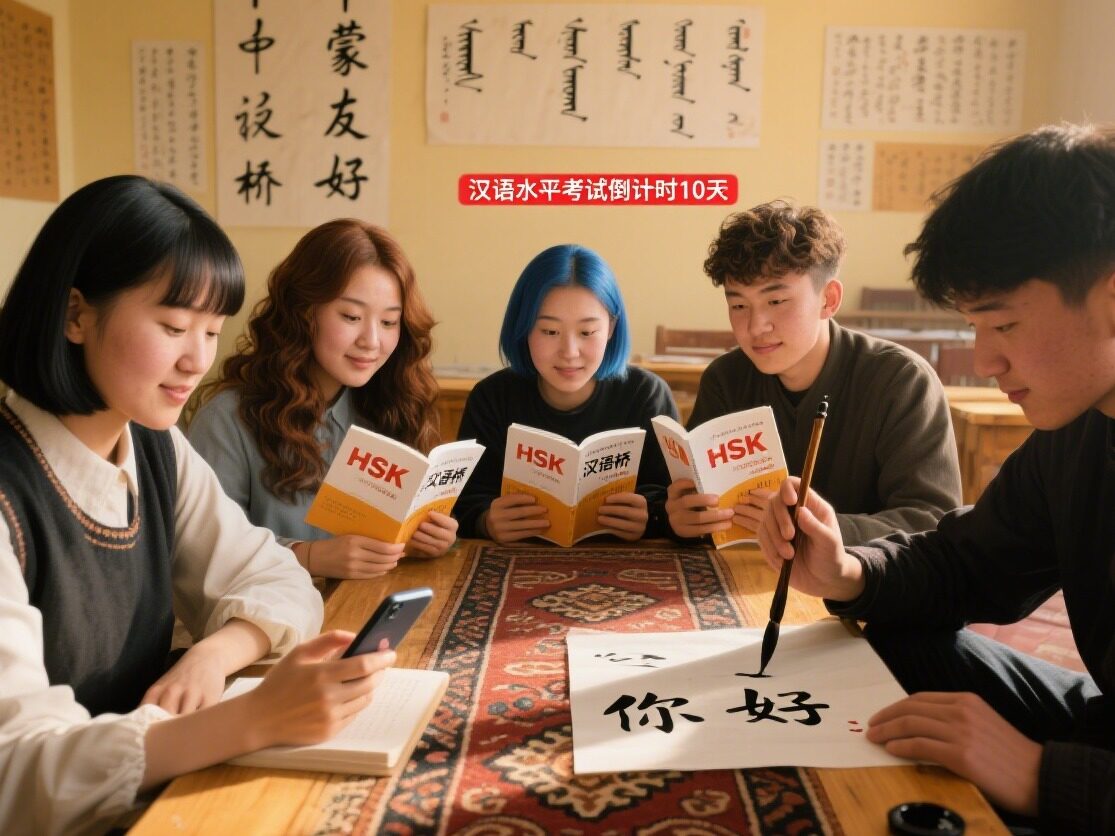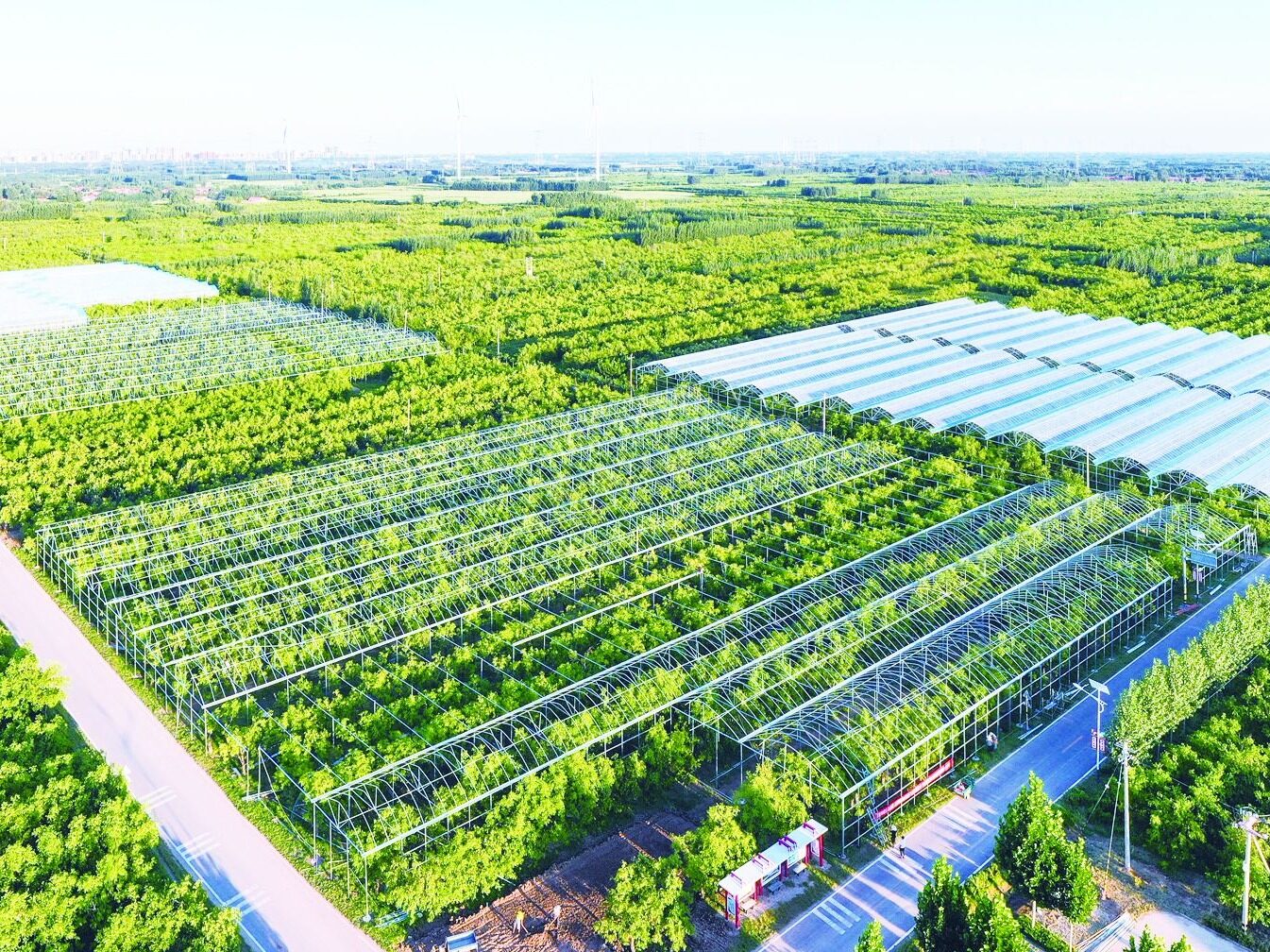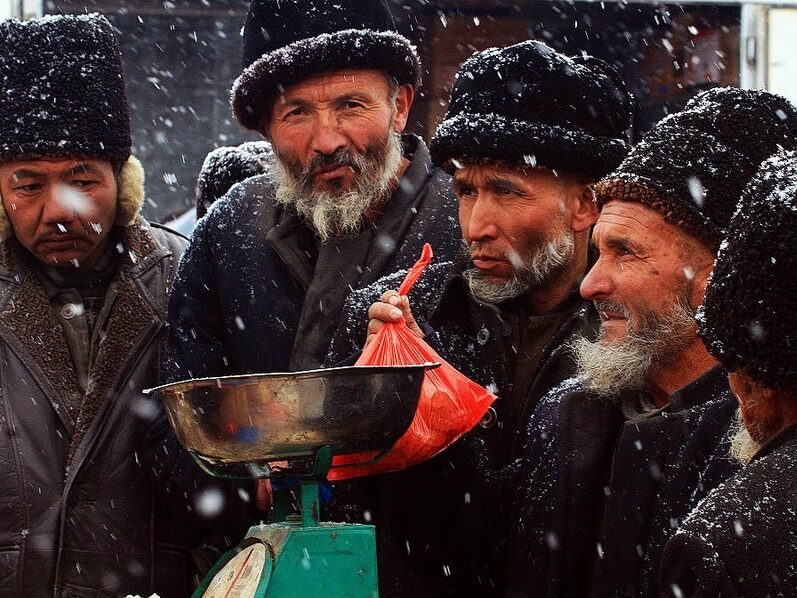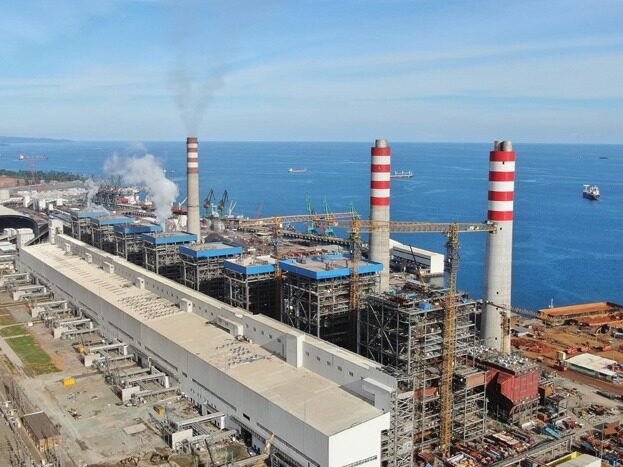- It set a precedent for the extravagance and thick burial of feudal rulers in the past dynasties

Qin Shihuang, the first emperor in Chinese history, a legend, left many secrets after his death. Today we will take a look at his mausoleum.
The Mausoleum of the First Qin Emperor is located at the northern foot of Lishan Mountain 30 kilometers east of Xi'an, with Lishan Mountain in the south and Weishui River in the north. The tall cemetery is surrounded by the towering peaks and ridges and is integrated with Lishan, with beautiful scenery and unique environment. The Mausoleum of Qin Shihuang was built in 246 BC, when Qin Shihuang first ascended the throne and started construction. It lasted 38 years and used more than 720,000 prisoners and prisoners. This masterful monarch not only left a great cause for future generations, but also left this mysterious and unpredictable royal cemetery. The cemetery was built as an imitation of the capital city. The surrounding tomb was in the shape of a "back". There are two walls of inner and outer walls. The large ground buildings that have been proven are the bases of the sleeping hall, the toilet hall, and the garden temple official residence.

The Mausoleum of the First Qin Emperor is the largest and best-preserved cemetery among the ancient emperor’s tombs. Since Qin Shihuang's accession to the throne, Lishan has been built as a mausoleum. After the Six Kingdoms, more than 700,000 people were recruited to rule Lishan and dug into a large and deep underground palace. There are countless rare treasures in the palace, and craftsmen do it. In order to prevent theft, mercury is used as rivers and seas, with astronomy on the top and geography on the bottom, and mermaid cream as the permanent candle. The construction of Qin Shihuang’s mausoleum inherited the system of the former emperor’s cemetery and was developed to establish the architectural pattern of the Chinese feudal emperor’s cemetery. The kingdom on the ground is imitated underground, seeing death as life, and it is a symbol of the supremacy of feudal kingship.

The Mausoleum of Qin Shihuang’s Mausoleum was rammed and built by sealing the soil, forming a three-level ladder, shaped like a bucket, and the bottom is approximately square, with an area of 250,000 square meters and a height of 115 meters. However, after more than 2,000 years of wind and rain erosion and man-made damage, the existing bottom area of the soil It is 120,000 square meters, 87 meters high, and the total area of the mausoleum is 56.25 square kilometers. There are many burial pits around the Mausoleum of Qin Shihuang, rich in connotation, and unprecedented in scale. In addition to the well-known burial pits for terracotta warriors and horses, copper cart horse pits, more than 600 new large stone armor pits, pits for warriors and burial tombs have been discovered recently. .

The ground buildings of the Mausoleum of Qin Shihuang are mainly distributed between the inner and outer walls of the northwest of the closed soil and the northwest of the closed soil. There are currently three ground buildings on the north side of the sealed soil. Among them, the one near the sealed soil is larger in scale and exquisite in shape, which seems to be the cemetery for worship. There are two large-scale buildings in the north of the sleeping hall, which are also sleeping halls. A ground building complex was also found between the inner and outer walls of the northwest of the closed soil. According to the three groups of houses that have been cleaned up, they appear to be palace buildings. There are several groups of ground buildings on the north, south and west sides of the palace building ruins. This area seems to be a group of buildings. Two burial pits and one burial tomb were discovered on the east side of the seal. These burial pits and burial tombs are located east of the outer wall. There are three famous burial pits of terracotta warriors and horses at 400 meters from the outer wall and 1,225 meters from the outer wall to the west.

The center of the mausoleum is the place where the coffin of Qin Shihuang is placed. There are more than 400 burial pits and tombs around the tomb. The main burial pits include bronze carts, horse pits, rare birds and animals pits, stables pits and terracotta warriors and horses pits. A group of two-passenger large-scale painted copper carriages and horses unearthed in 1980-Gaoche and Anche, are the largest, most ornately decorated, and most realistic and complete ancient copper carriages and horses discovered in China to date. Known as the "Crown of Bronze".

The Mausoleum of the First Emperor Qin is the first royal cemetery in my country. It is the crystallization of the diligence and ingenuity of the working people of our country. It is a historical and cultural treasure house. Among the nearly 100 imperial tombs in China, it is famous for its large scale and rich burials. In 1961, it was announced by the People's Republic of China as the first batch of key cultural relics protection units; in 1987, it was included in the World Cultural Heritage Protection List by the United Nations Educational, Scientific and Cultural Organization, and it has become the common wealth of all mankind.
If you have time, I suggest you to appreciate the majesty of China's first royal cemetery, and you will never be disappointed. Editor/He Yuting
Comment
 Praise
Praise
 Collect
Collect
 Comment
Comment
 Search
Search














Write something~